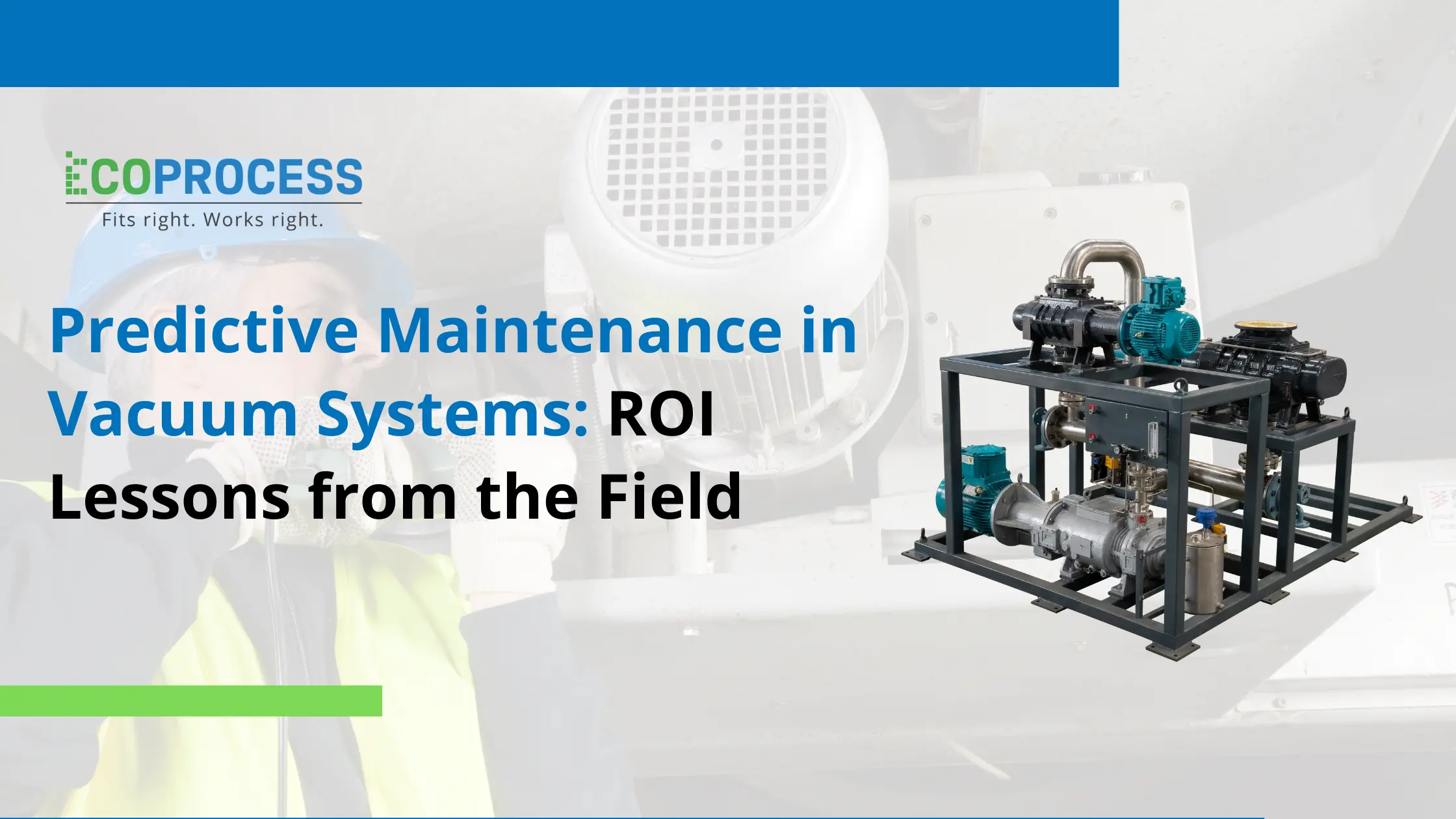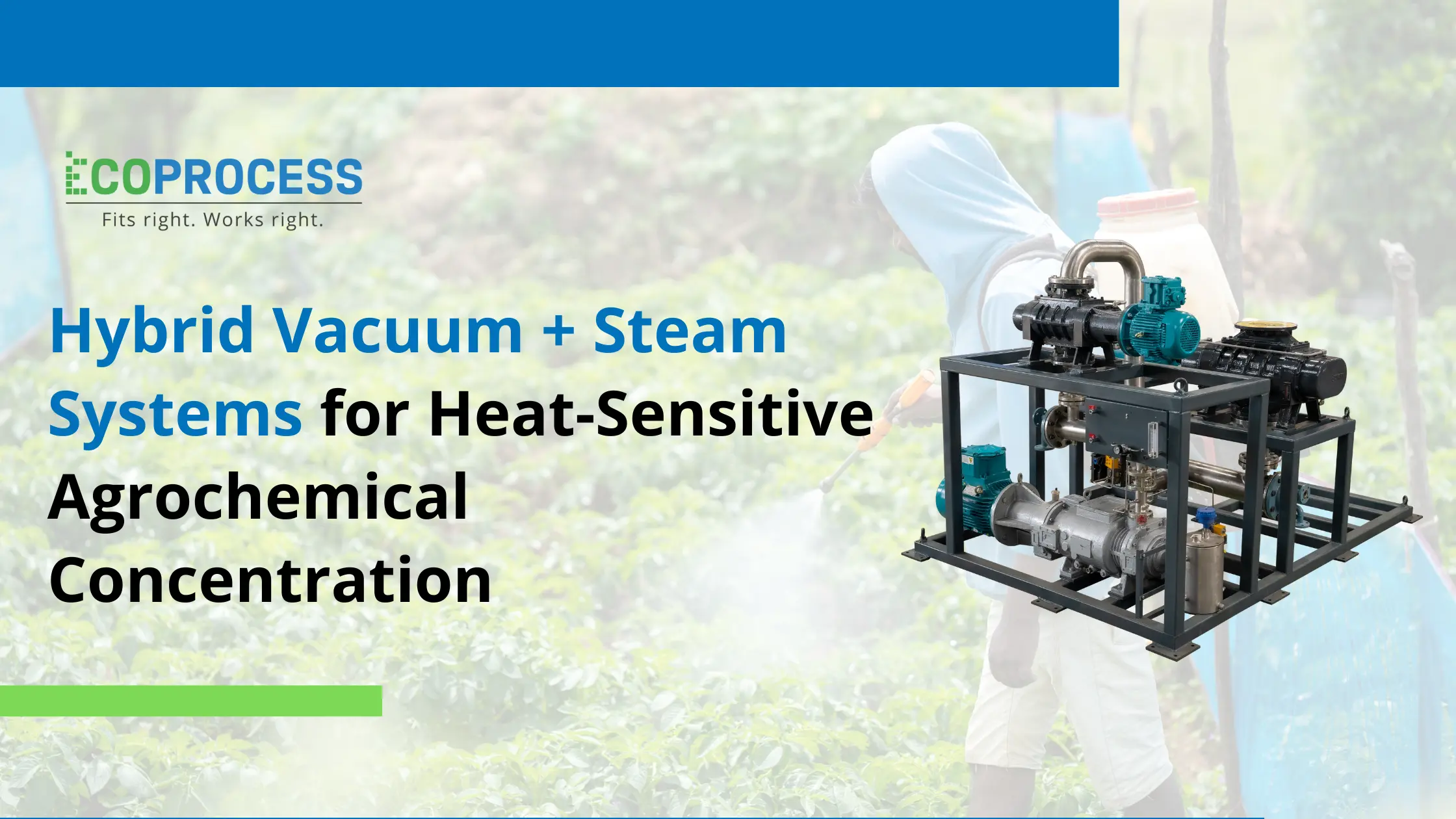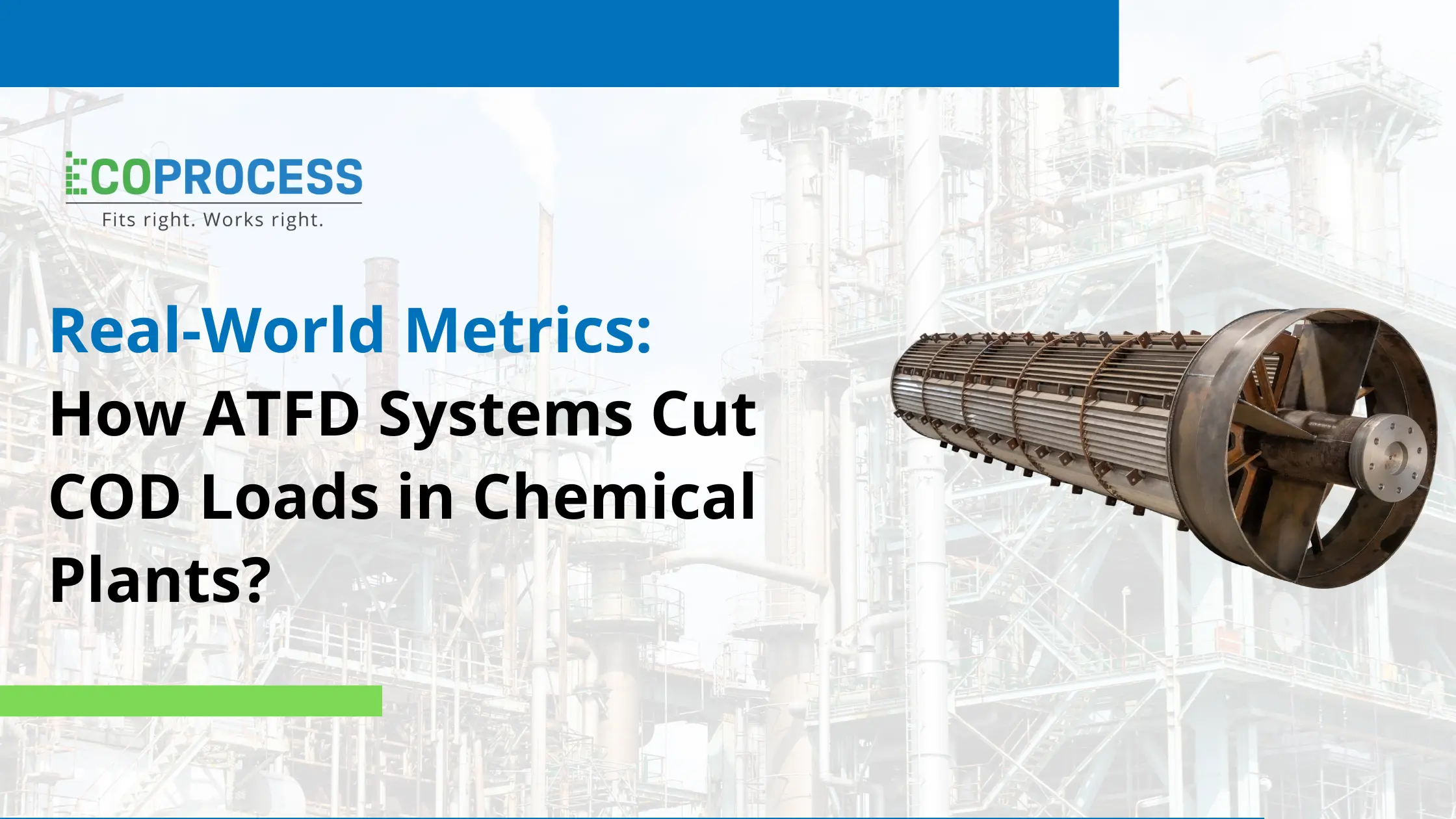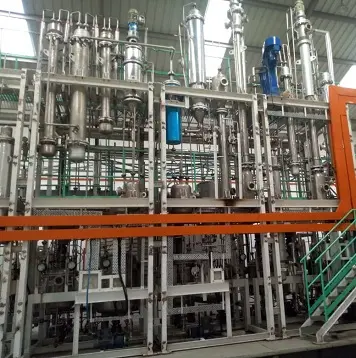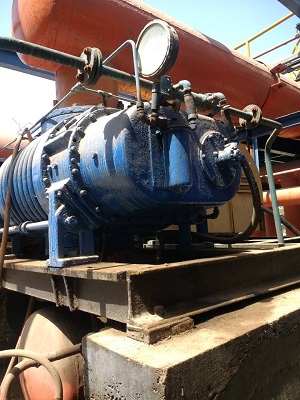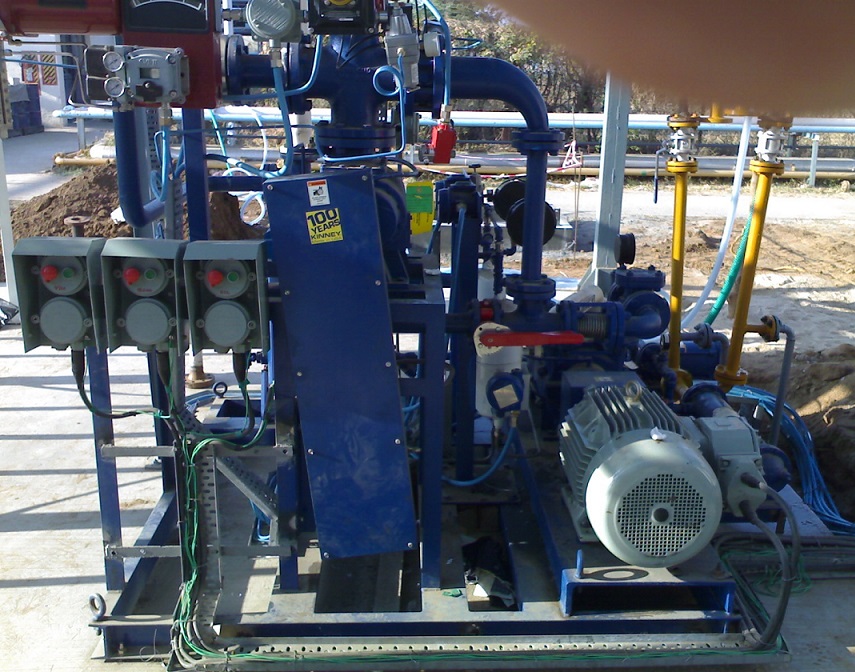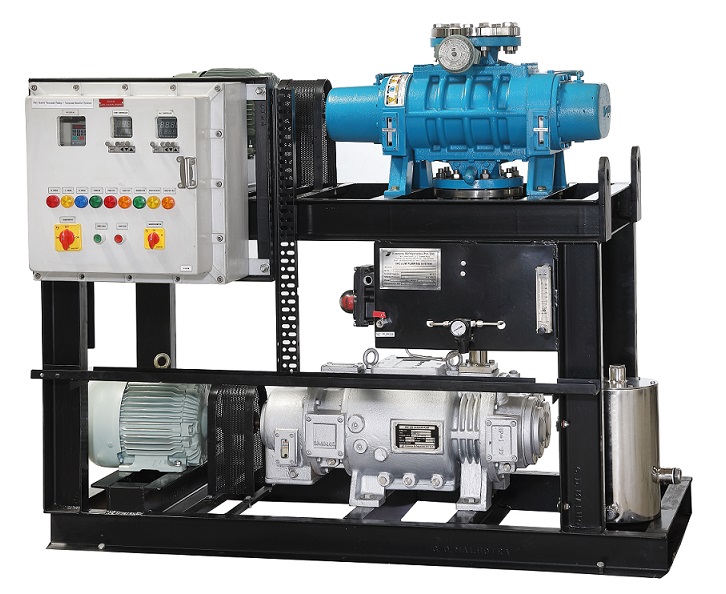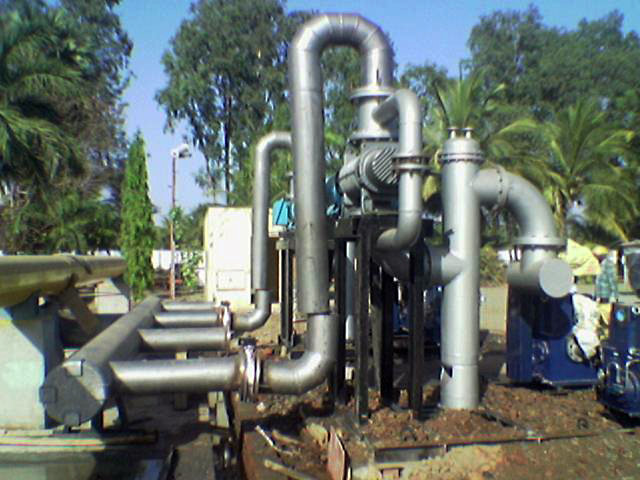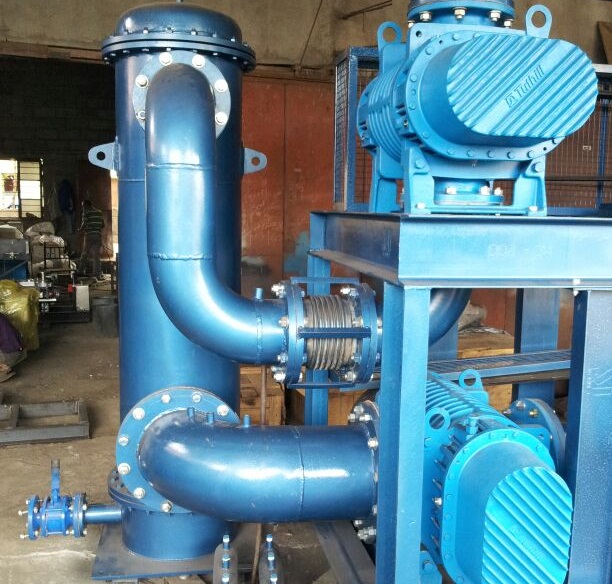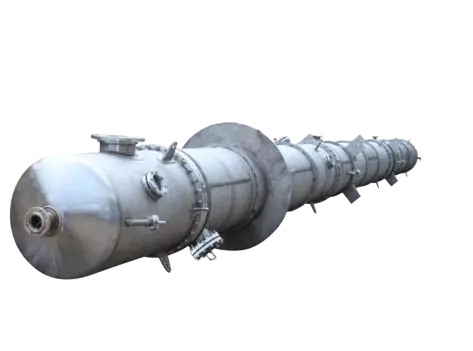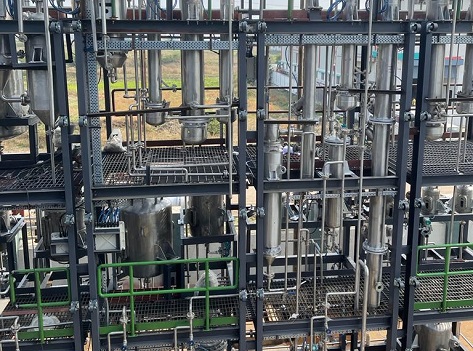
Applications of Agitated Thin Film Dryers in Waste Management
Agitated thin film dryer machines remove moisture from wet waste material with precise industrial heat process control. This approach supports stable drying rates and uniform solvent removal across thin film material surfaces with consistent, regular action.
The blog reviews the system's key benefits and shows its use in industrial applications of modern waste recycling process equipment. Readers learn how ATFD tools fit specific needs and improve throughput in industrial drying operations with reliable output.
What Is an ATFD Device?
An agitated thin film dryer applies a rotating wiper system to spread fluid mixtures as a thin film. This spread film heats evenly and dries rapidly under controlled temperature conditions with effective heat transfer. This design reduces drying time and lowers energy use significantly in many industrial chemical and pharmaceutical processes.
Core wipers rotate inside a heated cylindrical shell to maintain a consistent thin film layer. Warm fluid spreads uniformly across shell walls with controlled agitation from rotating wiper blades for effective drying. The solvent vapour exits through a vent port and collects safely for further treatment or reuse.
Compact housing and minimal residence time limit thermal stress on temperature-sensitive materials during operation. Thin film thickness controls drying speed and prevents hotspots inside the dryer chamber with a precise design. This precise film control makes the system ideal for handling heat-sensitive industrial waste slurries.
How does it Move Heat and Mass?
Understanding the drying process steps clarifies why ATFD machines perform well in many industrial settings. This section breaks down the core functions of the agitated thin film dryer system for effective mechanical insight.
1. Thin Film Formation
Rotating wipers create a thin, uniform film that exposes feedstock to heated surfaces for rapid drying. This motion prevents buildup and maintains steady drying conditions across the entire surface of the dryer. Thin film contact and constant motion enable fast heat transfer rates through the fluid layer.
2. Heat Supply
Steam jackets or electric heaters heat the dryer shell to desired industrial temperatures with controlled energy input. Heat flows through the shell wall into the thin film layer by conduction at high transfer rates. Continuous wiper movement spreads heated film evenly, preventing local overheating and unwanted material deposits from building up.
3. Vapor Extraction
Dryer vent systems draw vapour continuously from the chamber to prevent pressure buildup during operation. Vapour outlets connect to condensers or vacuum sources to recover solvents for further processing steps. Airflow rates adjust automatically to maintain low residual moisture levels across the thin film layer. Proper extraction ensures safe operation and aids effective solvent recovery for downstream waste treatment processes.
4. Control and Monitoring
Integrated sensors track moisture levels and shell temperature in real-time for precise feedback control. Control systems adjust rotational speed and heating profiles to match process demands without manual intervention. Data logs store performance metrics digitally for quality checks and authorized audits within secure production records. Modular design allows quick cleaning and part replacement to minimize operational downtime and reduce service costs.
Applications in Waste Streams
Agitated thin film dryer machines handle diverse waste streams with precise drying control in industrial and municipal settings. This section highlights how ATFD systems address key industrial challenges in waste processing under resource constraints.
-
Municipal Sludge Drying: ATFD systems typically dry thick municipal sludge, reducing disposal weight significantly and cutting combined transport plus handling costs. Thin film drying removes water content rapidly to reduce disposal volume and speed downstream treatment stages with automated control. Continuous agitation prevents sludge buildup on shell surfaces, maintaining steady operation without manual cleaning interruptions under normal loads.
-
Chemical Gel Processing: Industrial chemical gels containing organic compounds pose a drying challenge due to their high viscosity and volatile content. Agitated thin film dryers spread gels into thin layers to maximize surface area uniformly across the shell wall. This process accelerates solvent removal and reduces final residue moisture levels effectively and safely under controlled conditions.
-
Food Slurry Treatment: Food processing slurries generate high moisture industrial waste that demands quick thermal drying action consistently. ATFD units process slurries into thin films to speed water evaporation under controlled heat settings. Rapid drying minimizes spoilage while stabilizing material for further handling and disposal operations with effective, safe performance. Residue products meet quality standards for waste incineration or landfill disposal without extra moisture risks.
Sectors Served by ATFD Systems
ATFD systems fit a wide range of industrial sectors that handle wet waste streams requiring precise drying control methods effectively. This section lists key end users that benefit from thin film drying across multiple industrial applications and distinct waste types. ATFD platforms prove reliable under varied feed compositions, high moisture loads, and complex solvent mixtures in industrially relevant treatment operations.
Chemical Manufacturing
Industrial chemical plants often produce viscous sludge and solvent filtrates that challenge conventional drying systems. ATFD units handle these materials with precise temperature control and rapid evaporation rates under controlled conditions. This method boosts system throughput while safely preserving final material quality under constantly varying feed rates.
Pharmaceutical Production
Pharmaceutical manufacturing facilities generate heat-sensitive batch residues that risk degradation in high-temperature dryers. Thin film dryers spread residues into thin layers, protecting active compounds while removing solvents rapidly under low thermal load.
Wastewater Treatment
Municipal water treatment plants process biosolids that contain high moisture and organic matter content. ATFD systems reduce moisture levels and effectively enable the safer transport of biosolids for final waste disposal operations.
Our EPS Series ATFD Offerings
EPS series agitated thin film dryer models combine robust design and precise control features for waste drying tasks. Each model comes with modular components that simplify scheduled maintenance and quick cleaning operations between production cycles. Temperature controllers enable variable speed drives to adapt to changing feed conditions while maintaining consistent throughput and reliable dryer performance.
Optional vacuum systems easily handle low-boiling-point solvents in reduced-pressure drying. Advanced control panels allow real-time data logging, remote monitoring via Ethernet, and safety features like pressure relief valves with automatic shutdown. EPS series units provide installation support, training sessions, spare parts kits, and extended warranties for long-term reliability.
Discover how EPS Series ATFDs can revolutionize your waste drying process. Contact us today to get started!
Conclusion
ATFD technology delivers precise moisture removal for varied waste materials with consistent, high-quality throughput control. These units solve drying challenges across sectors, reducing disposal costs in the long term and aiding environmental management efforts. The EPS series provides tailored options for effective waste stream management and safety within industrial processing operations.
FAQs
-
What are the advantages of using ATFD in waste treatment?
ATFD dries wet waste into thin films using controlled heat, reducing disposal weight and transport costs and recovering valuable solvents. Rotating wiper blades spread feedstock evenly, maintaining thin layers to prevent production line stoppage.
-
Which industries benefit from ATFDs?
Chemical manufacturers remove moisture from sludge and distillate residues with controlled heat. Pharma producers dry batch residues gently to preserve compounds. Food processors turn wet slurries into safe powders. Water treatment plants reduce biosolid moisture for easier handling and transport to landfills.
